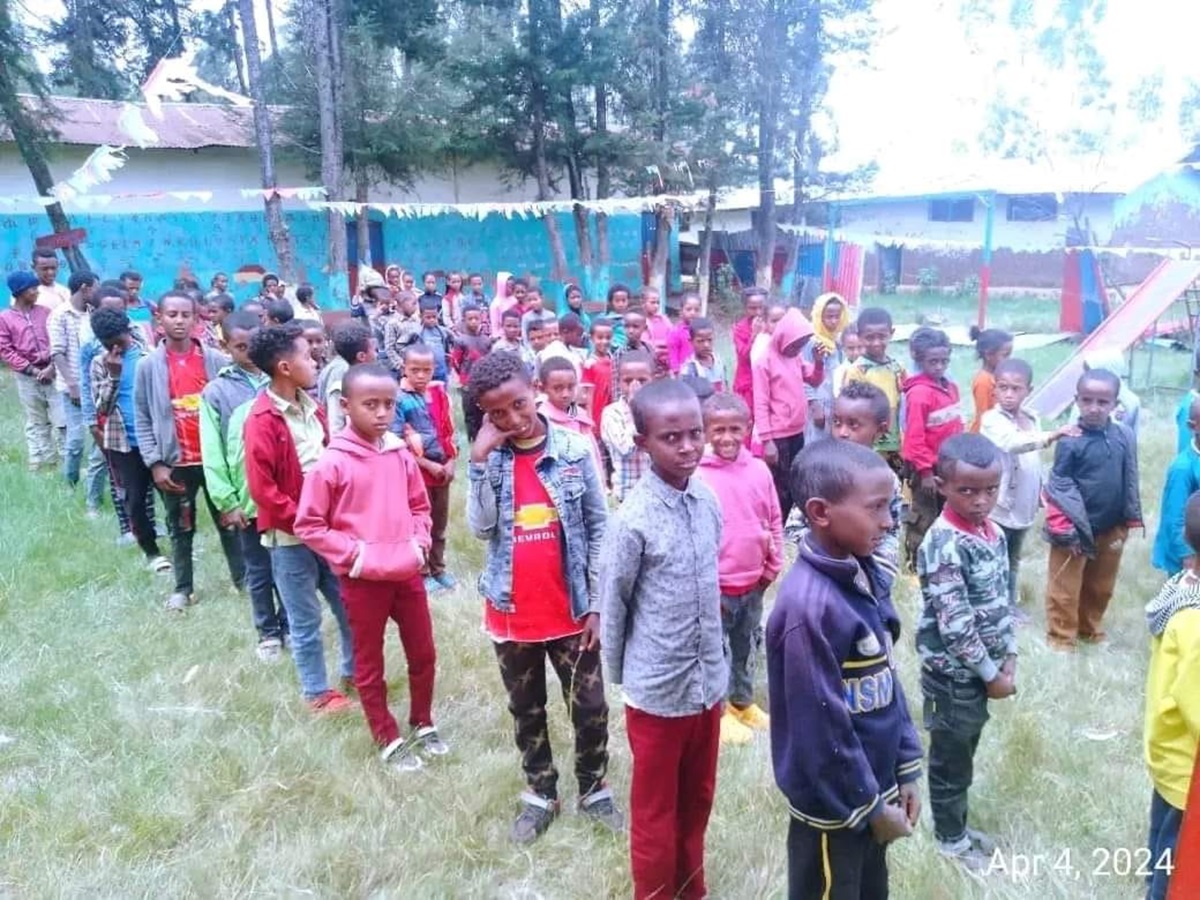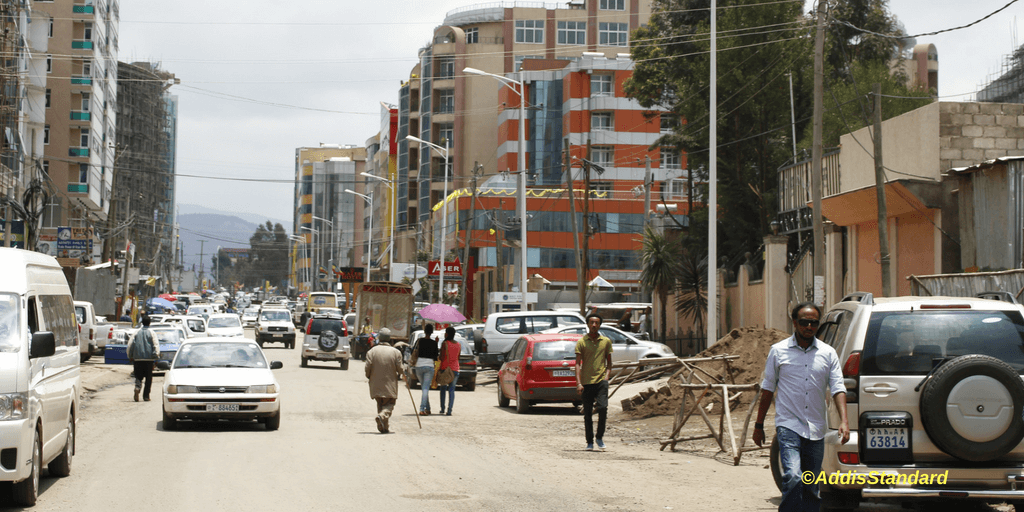News: Conflict, drought inflict heavy humanitarian crises in Southern and Western Oromia Region: UN

Addis Abeba – Conflict, coupled with drought has inflicted heavy humanitarian crises in southern and western parts of Ethiopia’s Oromia regional state, according to latest report by the UN Office of Coordination Humanitarian Affairs (UN OCHA).
The latest report reveals that the humanitarian situation has been significantly deteriorating due to conflict and severe drought in 2022. In a report released last week Friday, the aid agency said that due to the prevailed insecurity since 2019 in the western and southern Oromia the humanitarian crises has been deteriorating from time to time. “The major cause is clashes with gunmen.”
According to the statement, there are an estimated 740,000 Internally Displaced People (IDP) in western Oromia, border areas with the Amhara and the Benishangul Gumuz regions.
“In Southern Oromia, clashes with unidentified Armed Groups (UAGs) continued in particular in Guji and west Guji, while drought has affected over 3.5 million people,” the statement said.
The statement also stated that the violence has restricted transportation and distribution of humanitarian assistance to the people in those areas. Aid workers were also unable to distribute assistance to IDP in East and West Wellega Zones due to movement restrictions. “Vehicles and commodities have been stranded, aid workers have experienced detention and other forms of harassment,” according to the statement.
It emphasized that due to insecurity in those areas, aid partners had to halt life-saving operations, stop movements, and hibernate in the field locations.
“Violence has impacted the transport of relief supplies along the road Addis Abeba – Ambo – Nekemte and onward to Assosa,” the statement indicated, adding that in West Wollega thousands of IDPs have not received food for two years, while in East Wellega, large amounts of wheat remain stored in Nekemte town pending to be distributed in rural areas.
The scale and scope of hostilities in western Oromia has intensified in 2022 and spread to new areas such as Horo Guduru Wollega and Ilu Aba Bora Zones, as well as North, East and South-west Shewa (Central Oromia),” the statement added.
The statement further detailed that spike of malnutrition among children and lactating mothers has been observed in the areas.
Around 70 health facilities and 91 schools have become dysfunctional due to damage and looting in Guji Zone alone in 2022 and the people have no access to basic services like health, education, potable water and sanitation following the destruction of essential infrastructure.
The Oromo Liberation Army (OLA) has been carrying out military operation against the federal forces in Oromia since 2018. The Ethiopian government has also been taking offensive measures against the rebel group.
An aerial offensive carried out by government forces on 9 November killed dozens of individuals in Mendi town in West Wellega Zone. Three days earlier, Addis Standard reported that civilians were killed in the clash between OLA combatants and government forces in Nekemte, capital of East Wellega Zone.
The longstanding militarized hostilities between government and various armed rebels have resulted in severe civilian casualties, acute malnutrition and mass displacement in different parts of Oromia, Benishangul Gumuz, Gambella, parts of Amhara as well as in SNNP regional states in the last four years.
On Saturday, the Council of Ministers approved is a draft proclamation providing the formation of a “National Reform Commission”, which will be responsible to oversee the disarmament and reintegration into society of armed groups operating in Ethiopia.
The statement from the office of the Prime Minister didn’t provide the details of the modalities with which the incoming Commission is expected to discharge the process, but said the draft regulation will take effect from the date of its approval by Parliament. AS







